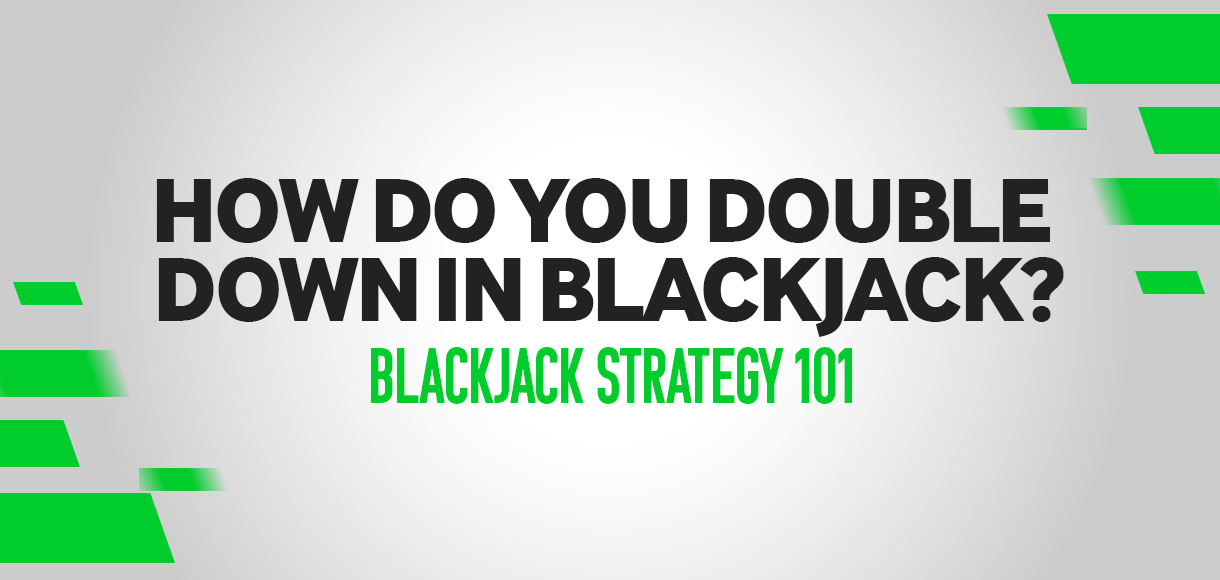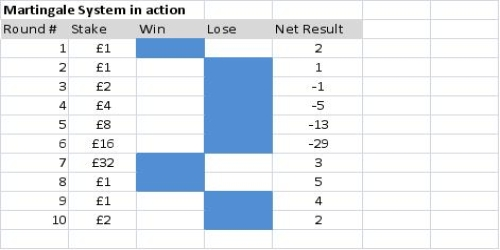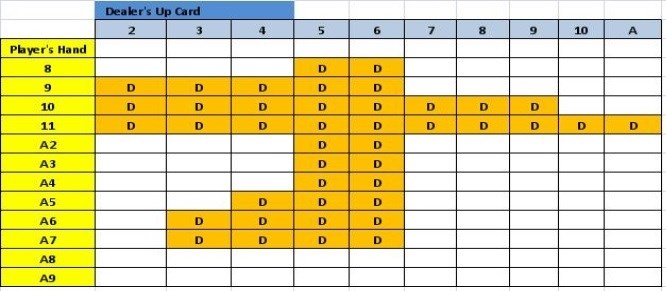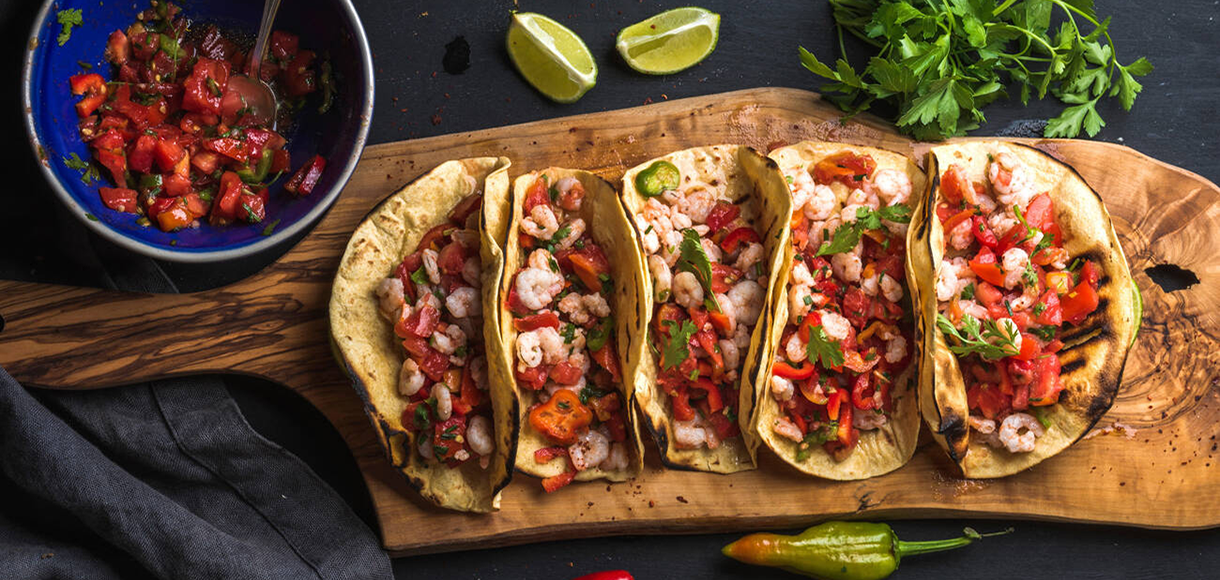Blackjack strategy 101: How do you double down in blackjack?

Learn how to use the double down move in blackjack and discover when it's a good opportunity for players
Blackjack games offer one of the lowest house edges in the casino.
But the house edge only remains low with optimal strategy. Using the double down bet correctly can give you a better advantage over the house.
What is doubling down in blackjack?
At the start of a game of blackjack, an initial bet is placed before the cards are dealt. Most of the time, you won't be able to place any additional bets.
But the double down is different. The double down lets you place an additional bet, equal to your ante, in return for one extra card - and one card only. After receiving a third card, your hand is over and you must wait to see what the dealer has.
It's important to check the rules of the game you're playing before you start. Some blackjack variants will only let you double down on a total of 9, 10, or 11. Some variants let you double down on any total.
How to use double down in blackjack?
It's important to know WHEN to double down in blackjack. At the start of a game, you will receive two cards and the dealer one. If the dealer shows a 5 or 6, for example, and you show 9, you know that a 10-value card will probably win you a hand. This can be a good time to place that extra bet.
Shoes with lots of decks will contain more cards with a value of 10 (tens, jacks, queens, and kings). If you are sitting at a table that is using 6-8 decks, hitting that 10 is more likely.
If you are unsure what to do and when, printing a cheat sheet or double down chart is a good move. This will tell you the optimum double down play depending on both your cards and the dealer's.
Here's an example of doubling down when playing a standard game of European Blackjack.
Your Cards: 5-4 (total 9)
Dealer's Up Card: 3
Checking your cheat sheet, you see that the player's 9 versus the dealer's 2 is a time for a double down. Why? The 3 is a bad "bust" card for the dealer. He will likely have to hit (receive more cards) on whatever he holds and risk going over 21.
If the dealer shows an ace, don't worry about doubling. If he hits a 10 he makes 21 and you are only tying the hand at best.
Doubling down on hard totals
This chart shows the best moves if you have hard totals (hands that don't contain an ace).

Doubling down on soft totals
With soft totals (a hand that contains an ace counting as 1 or 11) you have more options available. Because the ace can count as 1 you can double down and hit a high card like a 10 or a low card and make your total that way.
For example, you get dealt A-7. This is worth either 8 or 18. After doubling down, any 2 or 3 will make you a total of 20 or 21. However, a 9 or 10 will make you 17 - that's a good hand against a dealer showing a poor low card.

Advantages and disadvantages of the double down
The double down is like having an extra wager when your hand has a better chance of winning. You will have to pay double your bet, therefore risking more, but you have more complete information available in front of you.
Remember, you can also double down on a split pair in some games. So, if you get dealt 10-10 and the dealer shows a 3, 4, 5, or 6, you can split your tens, double down on both of them, and aim for 21 on both hands.
On the downside, doubling down still carries some risk. Remember, the dealer always goes after the players and has more information at hand. This is what gives the house its slight edge over the players. Also, if the hand is tied, only the player's stake is returned.
























